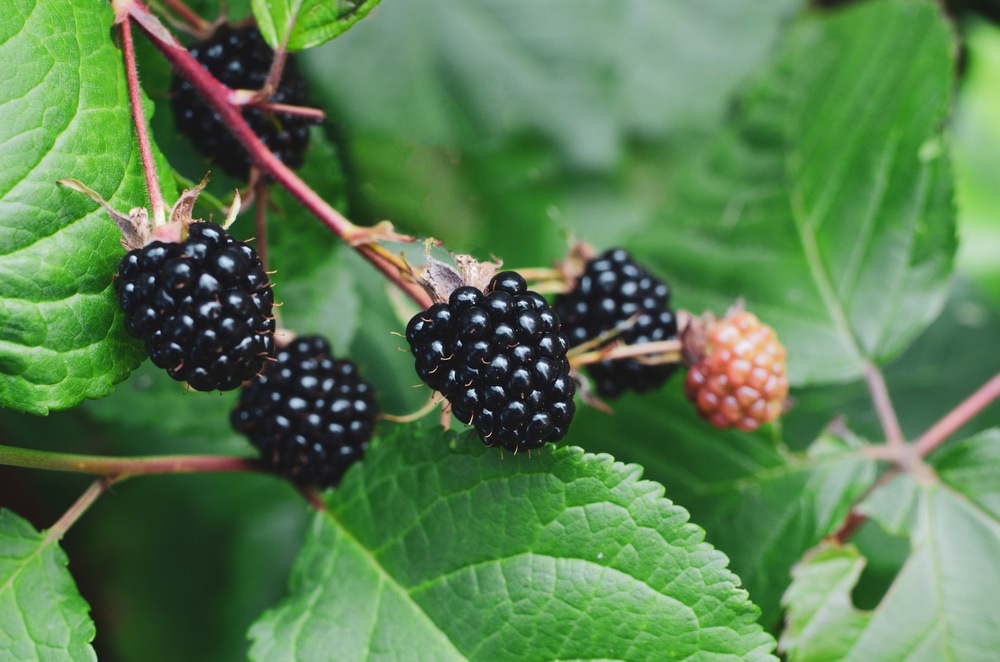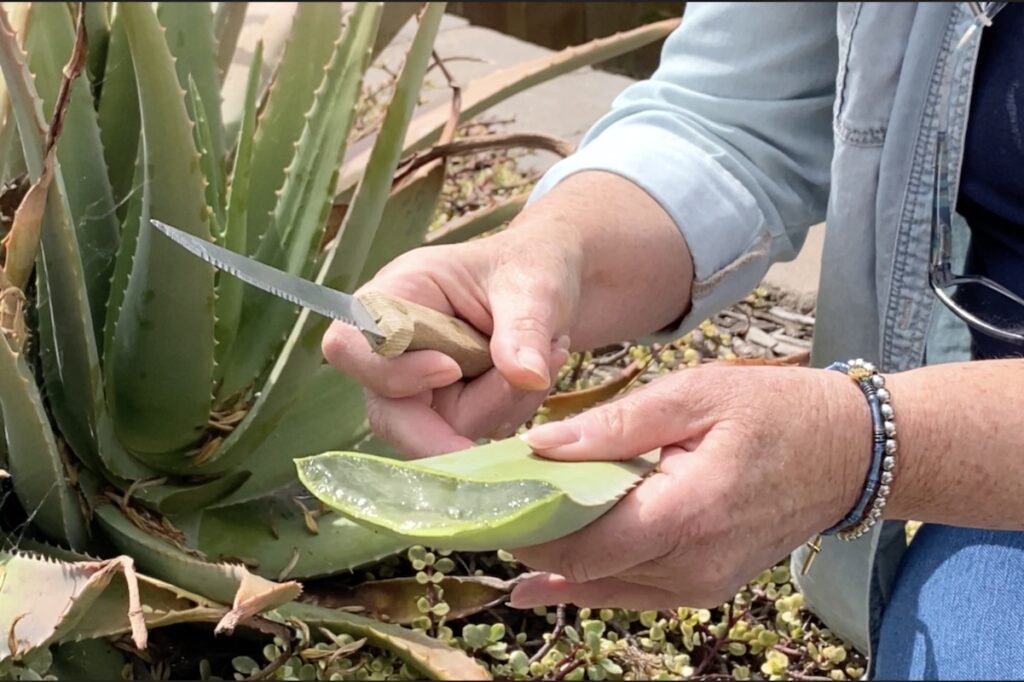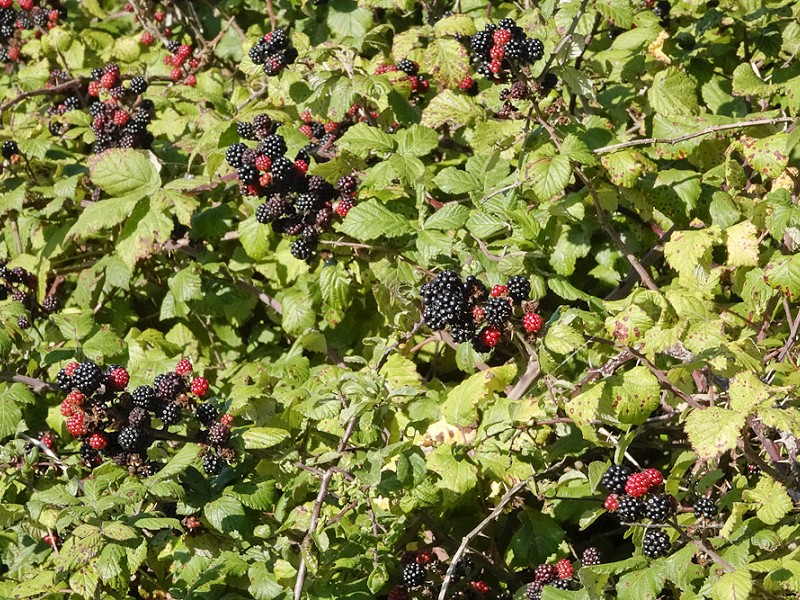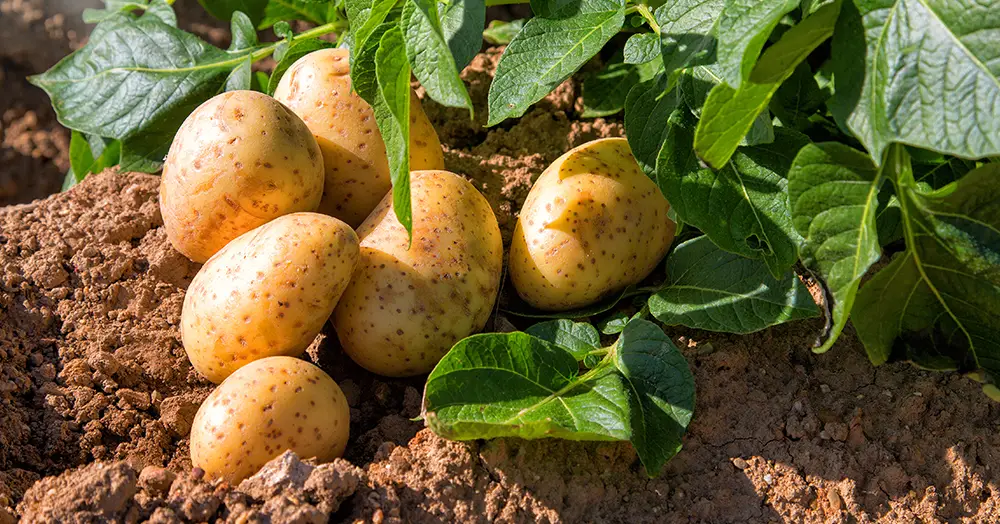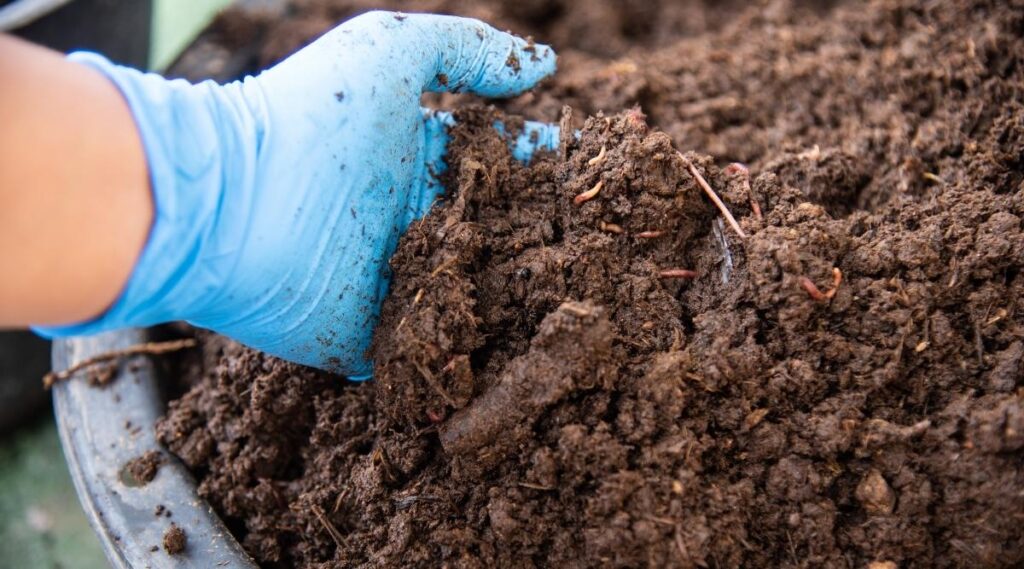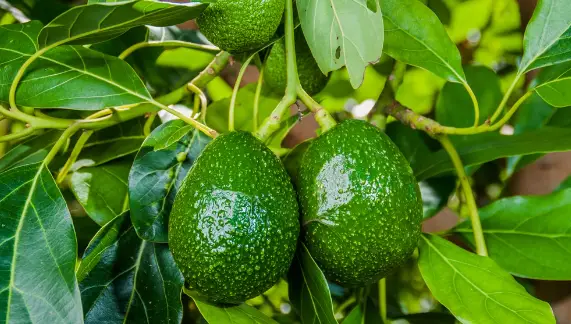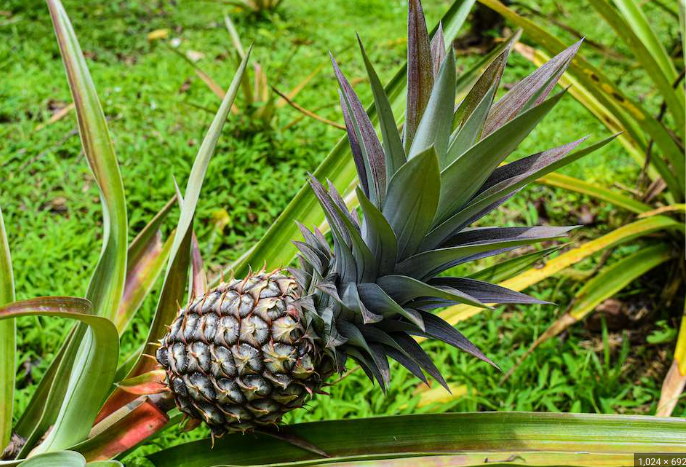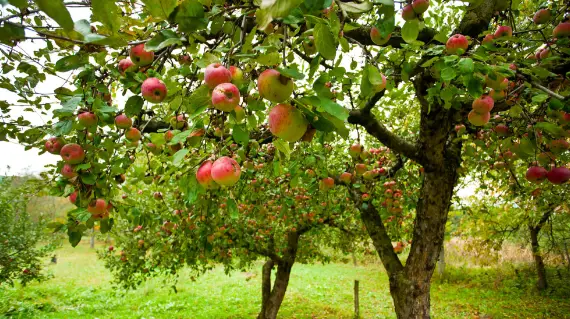Are your watermelons not shaping up quite right? Don’t worry. In this guide, I’ll teach you how to prune your watermelon plant so it grows better and gives you bigger melons. Let’s start, step by step.
Pruning is really important when you grow watermelons. It keeps your plants healthy and can give you lots of big melons. You can use different pruning methods to make new branches and flowers, and to control how big and what shape your plant becomes when it’s all grown up.
When you prune your watermelon plant the right way, it can grow stronger and make more fruit. It also fights off diseases and bugs better than plants you don’t prune. This guide will help you make the most of your watermelon crop just by trimming off the bits you don’t need.
Table of Contents
- Why should watermelons be pruned?
- How To Prune Watermelon Plant
- Step 1 – Find the main stem and decide which side shoots to keep
- Step 2: Cut off any side shoots you don’t need
- Step 3: Take off any leaves near the ground on the main stem
- Step 4: If the plant is too tall, pinch or cut the top of the main stem
- Step 5: Cut off any dead or sick leaves or branches
- Step 6: Keep checking the plant and prune as needed to shape it and keep it healthy
- When should I prune my watermelon?
Why should watermelons be pruned?
Pruning your watermelon plants is really helpful. It makes the plants grow well, gives you more fruit, and helps air move around better. When you prune, you cut off side shoots, leaves, and branches you don’t need. This lets your plant use its energy to make good fruit. It also keeps the plant a nice size and shape so you can pick the fruit easily.
Keeping your plant pruned makes it less likely to get sick or have bugs. These problems love wet places, and with good air flow, it’s harder for them to grow. Pruning is especially good if you don’t have a lot of space because it means you can grow fewer but bigger melons.
To prune your watermelon plant, just cut off any shoots or branches that are not helping the main stem grow, and to keep a nice shape for the plant. Always cut off any dead or sick parts of the plant so the problem doesn’t spread. And if you see any rotting fruit on the ground, throw it away to keep your plant area clean and tidy.
By pruning, you make sure your plant grows healthy and strong. You’ll get more and better melons if you regularly get rid of the side shoots, leaves, and branches. Plus, you’ll have more space for air around your plant.
How To Prune Watermelon Plant
Step 1 – Find the main stem and decide which side shoots to keep
The first thing to do is spot the main stem of your plant, which is the biggest and middle one. This is where your watermelons will mostly grow.
When you’ve found the main stem, choose the side shoots, which are like little branches, that look the healthiest and strongest. These shoots will grow into watermelons, so pick ones with bright green leaves.
Think about the whole plant when you’re choosing. Pick enough shoots to make your plant look nice and even, but not so many that it gets too full. You also want to make sure these shoots have enough room between them to get plenty of sunlight so they can grow well and make lots of fruit.
When pruning a watermelon plant, it’s key to spot the main stem and keep the best side shoots. They should be healthy, well placed, and help your plant look good.
Step 2: Cut off any side shoots you don’t need
After you decide which side shoots to keep, you can get rid of the ones you don’t need. You’ll usually remove shoots that are weak, sick, or growing in a bad spot.
Use sharp pruning shears or scissors to make a clean cut just above where the shoot you’re cutting off joins the main stem. Cut at an angle so water won’t sit on the spot you cut. Do this for any other shoots you want to remove.
It’s better to prune early so your main stem can grow bigger. If you wait too long, the side shoots might take away the food and water the main stem needs.
Step 3: Take off any leaves near the ground on the main stem
Getting rid of leaves that are close to the ground can help stop bugs and sickness from getting to your plant.
To do this, just use sharp scissors or shears and snip off the leaves close to where they’re attached to the main stem.
Make sure you cut neatly and throw away the leaves far from your plant so you don’t spread any problems. This helps keep your whole plant healthy.
Step 4: If the plant is too tall, pinch or cut the top of the main stem
If your watermelon plant is getting very tall, it might be a good idea to pinch or cut the top. This helps your plant grow out more instead of just up and makes better melons.
You can just pinch off the top with your fingers or use scissors or shears to cut it just above a spot where a leaf is attached. Do this when the plant is still young so it has the chance to make more shoots and fruit.
Step 5: Cut off any dead or sick leaves or branches
Keep an eye out for any parts of your plant that might be dead or sick. Removing these bits helps stop pests and diseases and keeps your plant healthy.
Use sharp scissors or shears to cut right above where the sick or dead part starts. For branches, make sure you cut above a part that’s still healthy so the plant can heal well.
Always look for bad leaves or branches and cut them off right away. This helps make sure your plant is healthy and can make lots of fruit.
Step 6: Keep checking the plant and prune as needed to shape it and keep it healthy
Watermelon plants grow fast and need to be pruned often to stay healthy. Keep removing the shoots, leaves, and any parts that look bad or are getting in the way.
Check your watermelon plants a lot and take care of any pruning when it’s needed. If you look after your plant all through the growing season, you can have a great harvest.
Pruning is really important for growing healthy watermelons. If you follow these steps, you’ll know how to prune your watermelon plant right. Just remember to keep checking on it and to prune regularly!
